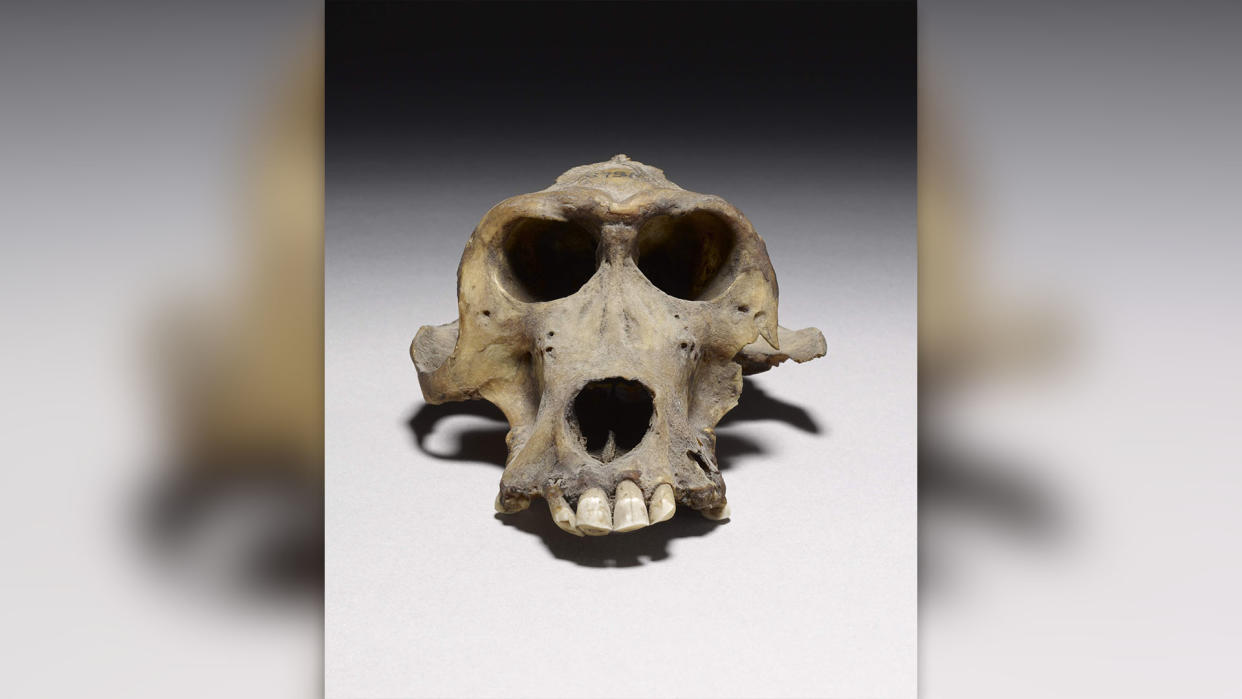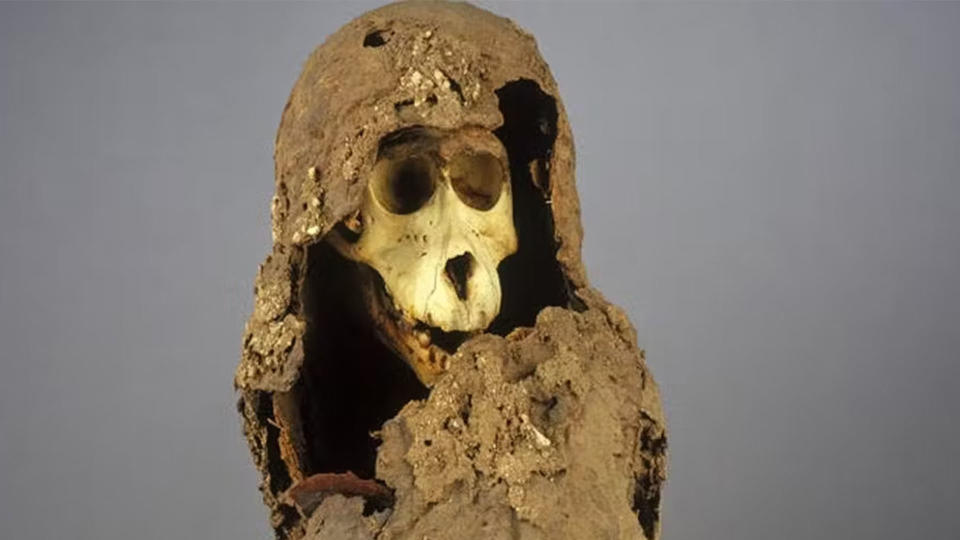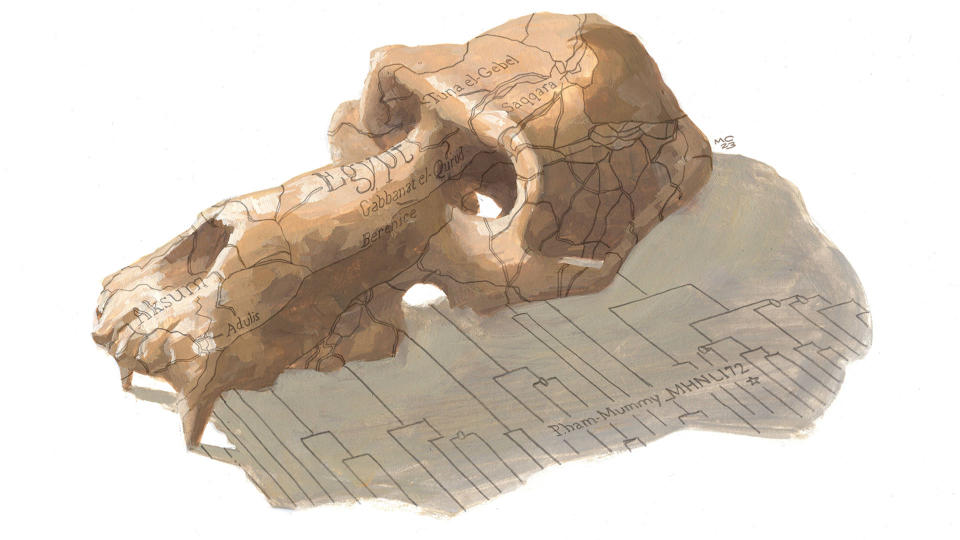Baboon mummy DNA from ancient Egypt reveals location of mysterious port city not on any maps

Ancient Egyptians traded with people in what is today coastal Eritrea to bring baboons to their temples, according to a new study of baboon mummy DNA.
Ancient Egyptians were big fans of baboons, which they associated with the god Babi, a god of the underworld and the deity Thoth, who was sometimes depicted with the head of a baboon. They kept the monkeys in captivity, removing their sharp incisors so they were less dangerous, and often mummified them as offerings to the gods. But as far as anyone can tell, baboons have never naturally occurred in Egypt, said Gisela Kopp, a geneticist at the University of Konstanz in Germany and the leader of a new study on the baboon DNA.
"There were these stories that they got them from Punt, this fabled, mysterious land," Kopp told Live Science.
Though Punt was mentioned in ancient Egyptian documents, it was never identifiable on a map. In 2020, Nathaniel Dominy, a primatologist at Dartmouth College used molecules from ancient baboon mummy teeth to reveal the baboons' diets in early life; he found that they came from a region encompassing modern-day Somalia, Eritrea and Ethiopia. The baboons in that study dated back to Egypt's New Kingdom, between 1550 B.C. to 1070B.C. It was the first hard evidence for the location of Punt.

Now, Kopp and her colleagues (including Dominy) have narrowed that location down using DNA evidence. In a study published Sept. 28 in the journal eLife, they managed to extract DNA from a mummified baboon dating to between 800 B.C. and 540 B.C.
Related: Ancient Egyptian tomb was filled with magical spells to ward off snake bites
They then compared that DNA to the genetics of 14 baboons from the 19th and 20th centuries whose origins were known. DNA can give more specific geographic locations than the previous method of discerning diet, Kopp said. Many baboons were captive-bred in Egypt, and diet can't reveal anything about their ancestry. DNA, on the other hand, can.

The researchers attempted to extract DNA from 10 baboon mummies, but ancient DNA is fragile, so only one mummy sample was usable. Still, it told an interesting tale: The baboon was most closely related to populations from what is today coastal Eritrea.
"It's close to this ancient port of Adulis," Kopp said.
There are historical records from around 300 B.C. and later that mention Adulis as a place where Egyptian traders traveled — and as the center of trade in wild animals. The baboon DNA pushes back the first evidence of trade with Adulis at least a couple of centuries.
It also suggests that Adulis and Punt might have been basically the same place. The isotope study from 2020 showed that ancient Egyptians were trading with Punt for baboons as early as 1550 B.C. The new study, combined with historical records, suggests that more than 1,000 years later, they were still doing the same thing.
RELATED STORIES
—Rare tumor with teeth discovered in Egyptian burial from 3,000 years ago
—Sphinx may have been built from a natural rock feature eroded by wind, study claims
—Ancient Egyptian cemetery holds rare 'Book of the Dead' papyrus and mummies
"Maybe the earlier Punt was in a similar location to where Adulis was [later] established," Kopp said.
Because the study is based on a single mummy, the research team would like to sample more baboons and get more information from more time periods, Kopp said. This is one of the first ancient DNA studies on a non-human primate, she added, and more work on other species could reveal more about other ancient Egyptian imports and their impact on wild populations.
The baboon is the only animal not native to Egypt that is linked with Egyptian deities, Kopp said, and it's a little odd that ancient Egyptians took such interest in baboons. They tend to steal crops and break into homes looking for food, making them difficult to live with, she said.
"The people who coexist with baboons don't really like them," Kopp told Live Science.

